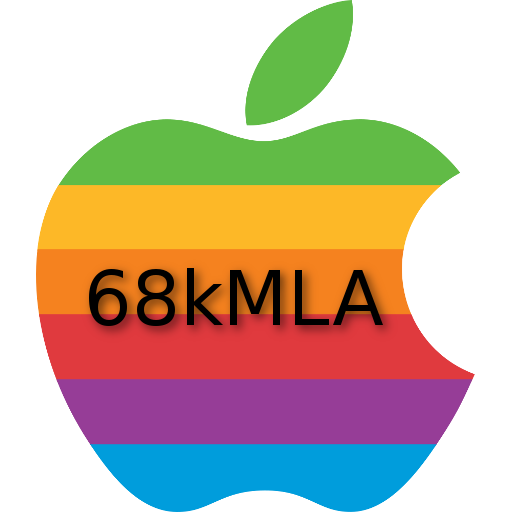I've posted about this elsewhere but I'm new to TinkerDifferent and it doesn't seem to have been mentioned here yet, so... introducing: TashTwenty!
It interfaces to an MMC or compatible card and can emulate up to four DCD devices of up to 2 GB each, with support for custom icons. It also has an enable output which can be used to chain more DCD devices (though ROMs only support a maximum of four) and a floppy disk drive.
Certain Macs may have a limitation imposed by their ROM on the number of DCDs they support (the Plus and earlier appear to support four, later Macs seem to be limited to two).
TashTwenty Tiny, by @demik (this also fits in a Hammond case with PCBs used as front and back plates)

TashTwenty Rev 3, by me

I have previously made and sold kits for these (and will again if there's sufficient interest), and though I'm currently out of stock, I still have plenty of PCBs ready made if anyone is interested in doing a build, as well as PICs that I can pre-program.
A third PCB design is in the works, "TashTwenty Mega", which is slated to be a drop-in replacement for the controller board in a Hard Disk 20, so you can get the full HD20 aesthetic with a solid-state core.
_o/
Elevator Pitch
It's a DCD (the interface used by the Hard Disk 20 to plug in through the disk port) interface, contained entirely within a PIC16F1704 (14 pins, ~$1.39) microcontroller. It bit-bangs the low-level IWM protocol using the read/write and phase lines on the "DB"-19 disk port, no programmable logic devices of any kind required.It interfaces to an MMC or compatible card and can emulate up to four DCD devices of up to 2 GB each, with support for custom icons. It also has an enable output which can be used to chain more DCD devices (though ROMs only support a maximum of four) and a floppy disk drive.
Project Status
Stable.Caveats
Due to the dearth of documentation on the DCD protocol, the firmware only implements the commands whose formats are known, namely read, write, and device identification. Responses to other commands are faked. Fortunately, this seems to be enough for the device to function properly, including formatting.Certain Macs may have a limitation imposed by their ROM on the number of DCDs they support (the Plus and earlier appear to support four, later Macs seem to be limited to two).
Code
https://github.com/lampmerchant/tashtwentyBoards and Builds
There are currently two PCB designs for TashTwenty.TashTwenty Tiny, by @demik (this also fits in a Hammond case with PCBs used as front and back plates)
TashTwenty Rev 3, by me
I have previously made and sold kits for these (and will again if there's sufficient interest), and though I'm currently out of stock, I still have plenty of PCBs ready made if anyone is interested in doing a build, as well as PICs that I can pre-program.
A third PCB design is in the works, "TashTwenty Mega", which is slated to be a drop-in replacement for the controller board in a Hard Disk 20, so you can get the full HD20 aesthetic with a solid-state core.
Conclusion
Check it out, let me know what you think! Also, since this post is sort of my introduction to the forum, hi, I'm Tashtari, I do stuff with PICs._o/

